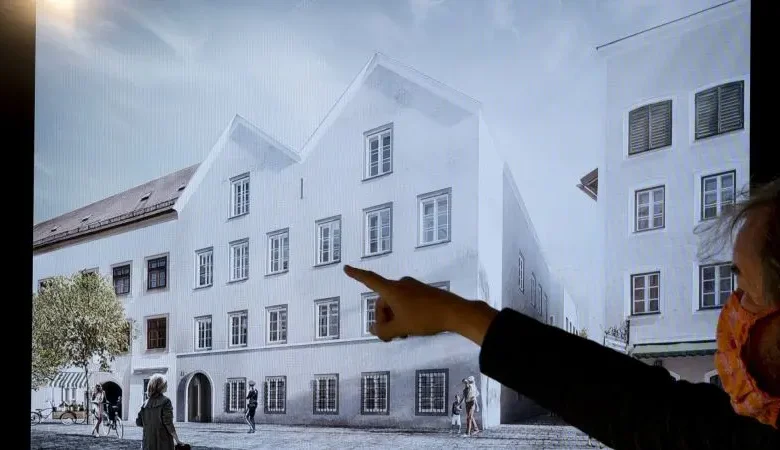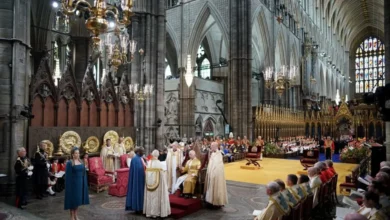Hitler’s birthplace transformed into police station

The Austrian government has announced plans to transform the birthplace of Adolf Hitler into a police station and a training center for human rights officers.
The Austrian authorities have taken a definitive step in repurposing the historically significant yet controversial birthplace of Adolf Hitler. In a move aimed at thwarting any attempts to transform the site into a shrine for those who glorify the Nazi leader, Austrian architects Marte.
Marte have emerged victorious in a competition to redesign the house in Braunau am Inn, Austria.
This building, a yellow corner house where Hitler was born on April 20, 1889, is set to undergo a transformation into a police station, a decision that reflects a nuanced approach to history and its symbols.
Amid concerns about the possibility of turning the house into a pilgrimage site for neo-Nazis and Hitler sympathizers, Austrian authorities have taken a creative and symbolic approach to its redesign.
Marte.Marte’s winning design maintains the original structure of the building while imbuing it with a simple and modern aesthetic. This approach respects the historical context of the building while ensuring its conversion into a functional space for contemporary use.
The decision to repurpose the building as a police station is a strategic one. The Austrian government’s choice to house the regional command and a police station within the building sends a strong message about the values that the police uphold.
Interior Minister Karl Nehammer emphasized that the police are the guardians of basic liberties and freedoms, embodying the principles of protecting citizens, upholding the right to assembly, and safeguarding freedom of speech.
By utilizing the building for a purpose that aligns with these democratic principles, the authorities hope to counteract any attempts to turn it into a symbol of hate.
As the refurbishment of the building progresses, the Austrian authorities are aiming to complete the project by the end of 2022, at an estimated cost of €5 million.
By taking an architectural and functional approach that aligns with the principles of democracy and freedom, they are attempting to reshape the narrative around a site that has been tainted by its association with Hitler.
In doing so, they strive to ensure that the building’s historical significance is not forgotten, but rather reframed in a way that emphasizes the importance of safeguarding democratic values and individual freedoms.










